Intro
Also called Wuchumutsin, the Ujumqin Horse is a type of Chinese Mongolian horse. This strain is larger with finer conformation than other Mongolian types and mainly found in the Xilingol region in eastern Inner Mongolia
Read more
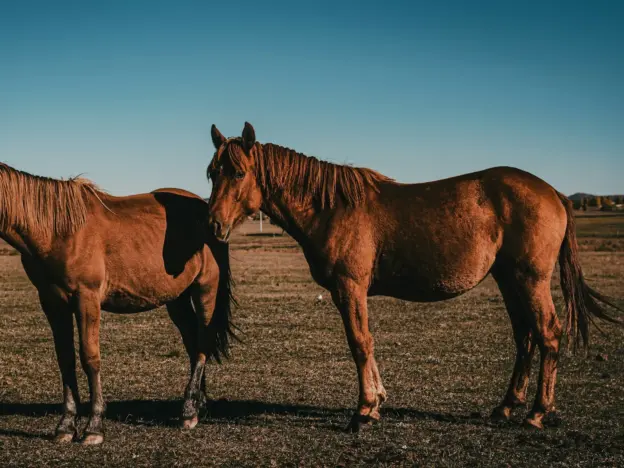
Also called Wuchumutsin, the Ujumqin Horse is a type of Chinese Mongolian horse. This strain is larger with finer conformation than other Mongolian types and mainly found in the Xilingol region in eastern Inner Mongolia
Read more
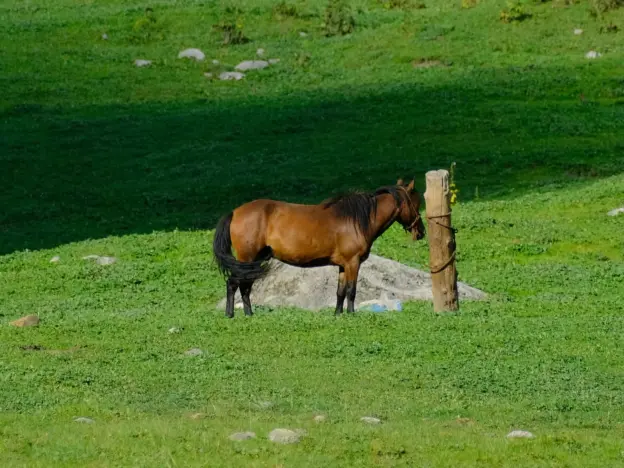
The Jianchang Horse can be found in Yi Antonymous Prefecture of Liangshan, Hanyuan County, Ya’an Prefecture, Yanbian County, Dukou Prefecture, Sichuan Province.
Read more
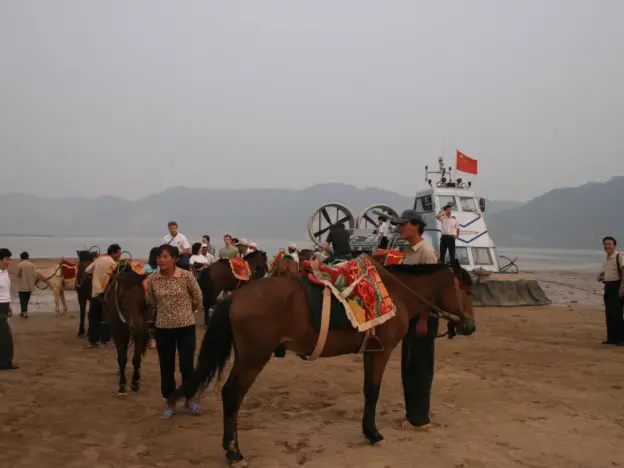
Also called Henan Trait, the Henan Light Draught horse was created in Henan province.
Read more
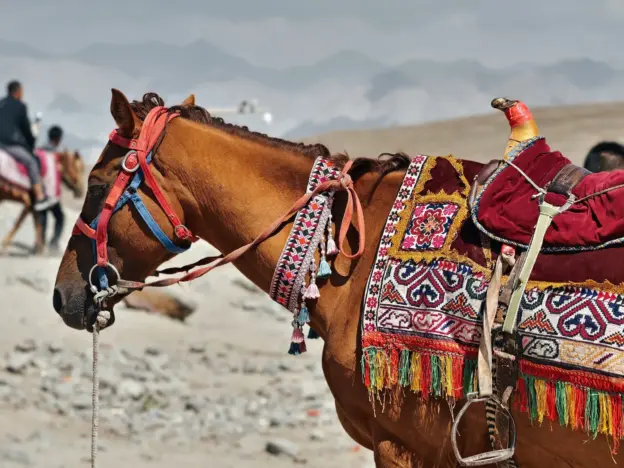
The Barkol horse comes from Kazak Autonomous counties of Barkol, Yiwu and Hami County, in Xinjiang. This is a region known for their horse and camel breeding.
Read more

Horses were re-introduced to Canadian territories by the French in the mid 17th century. A century later, First Nations in Alberta were using horses and their animals are probably the ancestors of feral herds found there today.
Read more
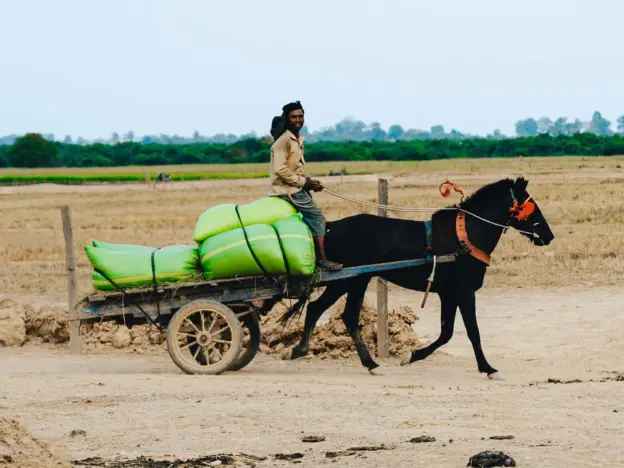
A member of the Southeast Asia Pony group, the Cambodian Horse is a small, strong pony. As much of Cambodia can be difficult to access by vehicle, horses are still used for transportation.
Read more

The Rila Mountain Horse is a variety of the Bulgarian Native Horse that is now considered extinct. They were absorbed into the Karachi breed.
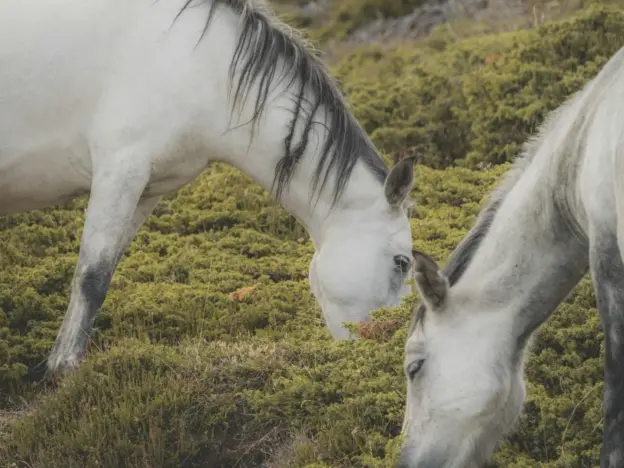
The Stara Planina Horse is a variety of the Bulgarian Native Horse that is now considered extinct. They were absorbed into the Karachi breed.
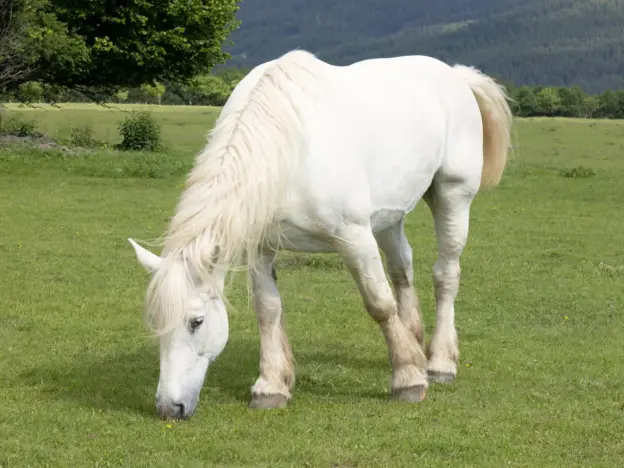
The Bulgarian Heavy Draft horse bloodlines date back to 1870 and while their numbers have fluctuated and they are vulnerable, they manage to hold on.
Read more
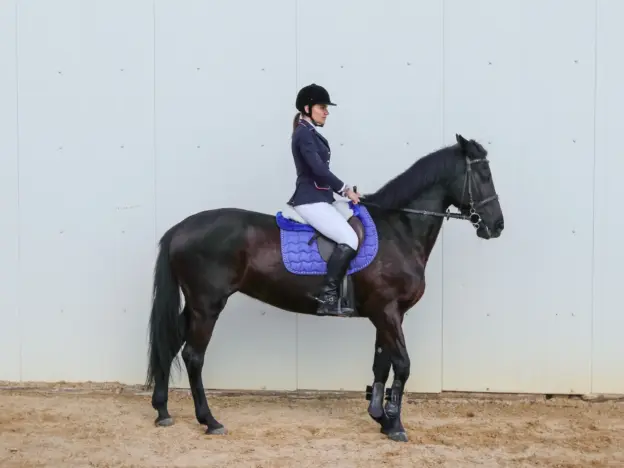
Like most sport horse breeds, the Bulgarian Sport Horse is bred for performance and not necessarily to preserve specific breed genetics. The bloodlines sought are those that are athletic and strong.
Read more